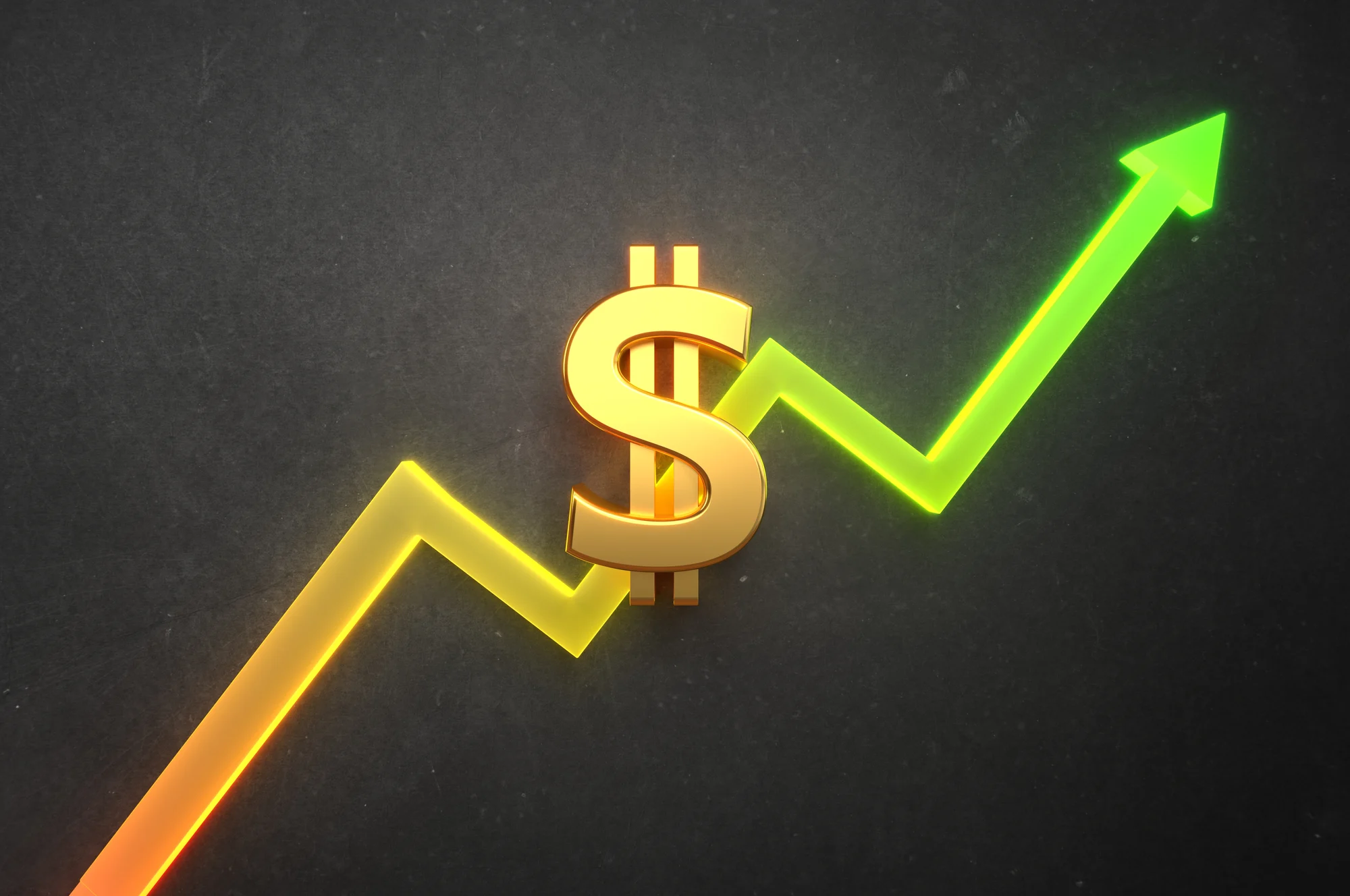Oil prices are enjoying somewhat of a rally after a three-month slide, with Brent crude reaching a dollar shy of $60 a barrel last week.
In this segment of Industry Focus: Energy, show host Sarah Priestley and Motley Fool premium analyst Taylor Muckerman discuss what's driving this, what it means for oil stocks, and whether we can expect it to continue.
A full transcript follows the video.
This video was recorded on Sept. 28, 2017.
Sarah Priestley: In the news this week also, oil prices are enjoying somewhat of a rally after a three-month slide. Brent crude was up $58.45 per barrel when I checked this morning. U.S. crude futures are trading at 23% above this year's low of $42.53. U.S. crude hasn't settled above $51 a barrel since May, so this rise has really occurred after the interim meeting of OPEC last Friday. Gave a lot of bulls renewed confidence that the Organization of Petroleum Exporting Countries will continue cutting production after their previously agreed-upon deadline of March 2018. So a number of the organization's signatories to the first deal have indicated that they're willing to hold back production potentially through 2018.
Adding to this was the International Energy Agency's upward revision to its demand forecast, and crude prices, again, coming up, as we've talked about before, because the Harvey-affected areas are coming back online.
So, what does this mean for oil stocks? Have we seen this before?
Taylor Muckerman: We've seen this a few times since 2014, none more impactful than the decision in 2014 to flood the market. Since then, we've seen reversals of that decision. But the U.S. market hasn't responded as OPEC had expected to low oil prices. We continue to pump. We did see a little bit of a drop in production, but we're right back above 9 million barrels a day and expected to grow a little bit in the future. One thing that we do have that might not get a lot of publicity is a lot of drilled but uncompleted wells. These are wells that have been identified as worthwhile, and they've been drilled; they just haven't been fracked. It's the most expensive part of the process. Once the prices do rise above $50-$60, these companies can just go in there and light the fuse and frack these wells and get the oil flowing, once it's economical. So while you might see rig counts haven't really continued to rise as they were in 2016 and early 2017, you do have a lot of these outstanding wells that are basically ready to start flowing. And I think that could catch some people off guard as prices start to rise.
Priestley: And I think people are worried that if it reaches over $60 a barrel, it just incentivizes a lot of the shale producers to stop pumping more crude. So market participants so far have been encouraged by a lack of shale activity. Do you think this is going to start to hot up again?
Muckerman: Yeah, I do. A lot of these unfracked wells are shale wells, they're down in the Permian and Eagle Ford. These are very close to market. They're down there in Texas near the Gulf, where we've been exporting a lot of oil from, where all of our refining capacity on a meaningful level really is, in terms of exporting these refined products. So I certainly think the uncertainty is still there, and it'll be interesting to see at what pace these wells get fracked, because they have been at record levels for going on probably six to nine months. So they're out there, and they're not talked about a lot, because there's no action there. Everybody wants the big numbers, the production numbers, the production declines, the rig counts up, OPEC this, OPEC that. But they're sitting there, they're in the shadows, and prices at $60 a barrel is about double from the low of 2015. These oil companies, they scrambled, that got inventive, as they normally do here in the United States. And they can produce at prices that they once couldn't.





